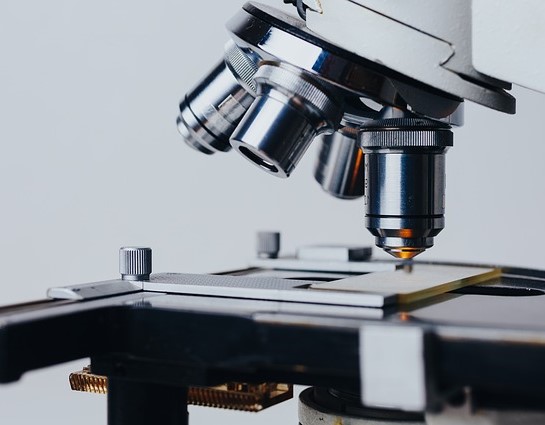Information about the Tsai Lab.

Molecular mechanisms underlying excitability homeostasis in health and disease
An imbalance in neuronal and synaptic excitability is a common abnormality observed in patients with various psychiatric and neurological disorders, including schizophrenia and bipolar, mood disorders, epilepsy and autism spectrum disorders. Identifying and understanding the mechanisms underlying the regulation of excitability will potentially reveal novel therapeutic targets for these diseases. My laboratory utilizes various approaches including molecular and cell biology, biochemistry, electrophysiology, and mouse genetics to understand the regulation of excitability homeostasis at synaptic, neuronal, network and system levels.
Two particular areas in which my laboratory studies include:
1) Ubiquitin proteasome system (UPS)-mediated protein degradation in excitability homeostasis
Our recent work identified two ubiquitin E3 ligases, murine double minute 2 (Mdm2) and neural precursor cell expressed developmentally downregulated gene 4-like (Nedd4-2), participating in activity-induced synapse elimination and excitability homeostasis. Our current research focuses on the identification of their substrates and downstream signaling pathways in the context of excitability regulation. Specifically, we employ multiple mouse models to understand how dysregulation of Mdm2 and Nedd4-2 may contribute to hyperexcitability in epilepsy and autism.
2) Translational control in neuronal and synaptic plasticity
My long-term effort has identified multiple mechanisms of translational control involved in various synaptic plasticity mechanisms. Particularly our recent work has discovered that Mdm2 can function as a translational suppressor and mediate translation-associated neural plasticity. Our current research aims to elucidate the broad effects of Mdm2 on translational control. Because an abnormal translation is observed in multiple autism spectrum disorders, my research seeks to understand how dysregulated protein translation contributes to the deficits of synaptic or network plasticity in autism mouse models.